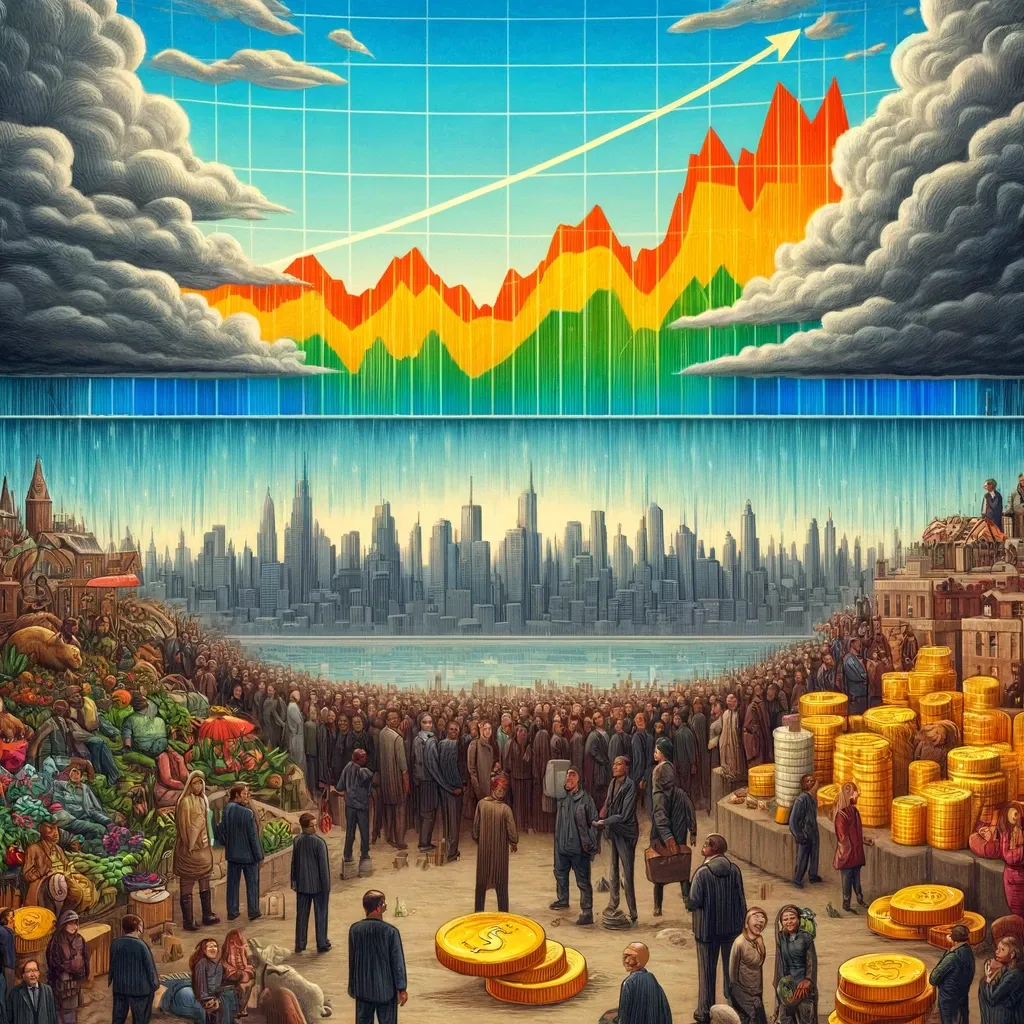Will the historical growth of jobs lead to the end of vibrancy?

Over the past few months, one of the key questions - perhaps the main question - in American politics has been when, and if, good economic news will be reflected in the presidential election polls. Job growth and GDP growth have been much stronger than expected, and inflation has fallen faster than predicted. However, President Biden's approval rating for handling the economic situation barely changed. (The Real Clear Politics poll for Monday showed a low 39.6 percent rating.) Honorable employment data for March intensified this dilemma. The Labor Department announced that the economy created another 303,000 jobs last month, well above Wall Street forecasts; the unemployment rate fell from 3.9 percent to 3.8 percent, marking its twenty-sixth month below four percent, a fifty-year record. Jefferies Investment Bank analyst Thomas Simons commented, “The data leaves us on the edge of silence.”
The economy has added 2.9 million jobs over the year, and 15.2 million new jobs have been added since Biden took office.

There are at least three explanations for why Biden's ratings have not benefited from these events:
- Price theory - emphasizes that price levels and the overall cost of living remain high despite much lower levels of inflation.
- Lag theory - argues that people's opinions about politicians and economic policy makers can lag behind the changing environment for quite a long time.
- The “vibe” theory - suggests that for whatever reason, many Americans have lost touch with reality regarding the economy.
Comment
Popular Posts
Popular Offers


Subscribe to the newsletter from Hatamatata.com!
Subscribe to the newsletter from Hatamatata.com!
I agree to the processing of personal data and confidentiality rules of Hatamatata




